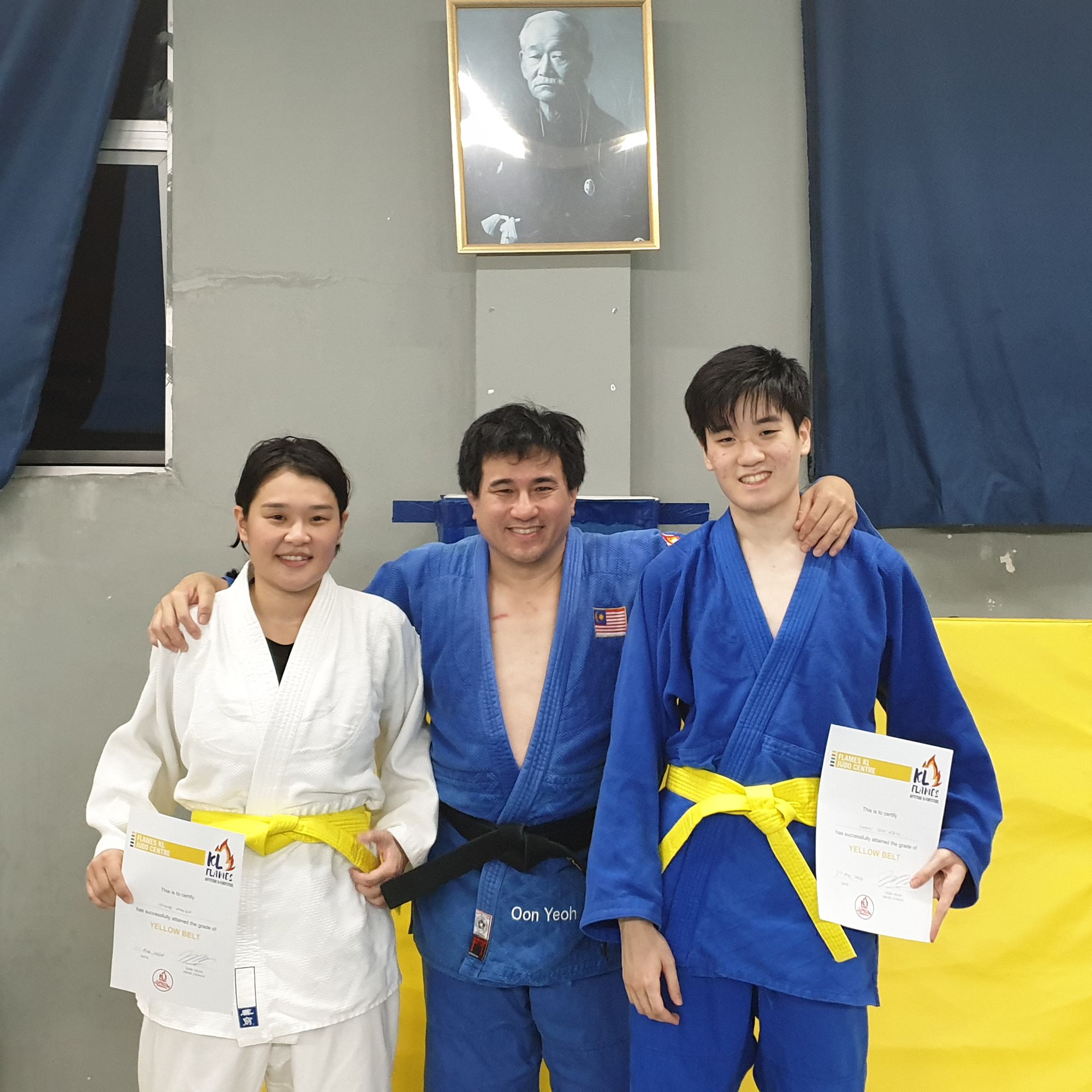
It is said that, in an academic class, when the student-to-teacher ratio is small, students tend to learn better and faster. As so it is in a judo class as well.
On Wednesday, the attendance was high and when that's the case, usually the next day attendance is low. This proved to be the case on Thursday where only three students showed up, all beginners.
I decided to use this occasion to teach them yellow belt techniques in detail. And when I say detail, I really mean detail.
We started off with the hardest technique in the yellow belt syllabus, which is ouchi-gari. Most beginners (and even many advanced players) have great difficulty with this one because so many moving parts are in play. Both the legs and the hands have complex movements that have to be executed in sync. And this is usually very difficult for most people to do.
You can get them to do the hand movements correctly and you can get them to do the leg movements correctly too. But when you put them together, everything fall to pieces. Beginners find it incredibly difficult to do both the leg and hand movements at the same time.
Unlike osoto-gari and ippon-seoi-nage, which feels very natural and instinctive, ouchi-gari does not involve very natural or instinctive movements. That's why it's so hard to master.
We must have spent at least half an hour on ouchi-gari alone. First we worked on the legs. Then the hands. Then on doing both the leg and hand movements together, in sync. Then we worked on closing the gap between tori and uke's chest when executing the technique. It took a while but in the end, they got it. After that everything esle was a breeze (relatively speaking).
All in, going through five standing techniques and five groundwork moves took up nearly three hours. But all that effort paid off though because as a result, two of them (Menae & Ten Ren) were able to do their techniques almost flawlessly.
You can see their tachi-waza here and their newaza here. Really good demo. They really earned their yellow belt!
